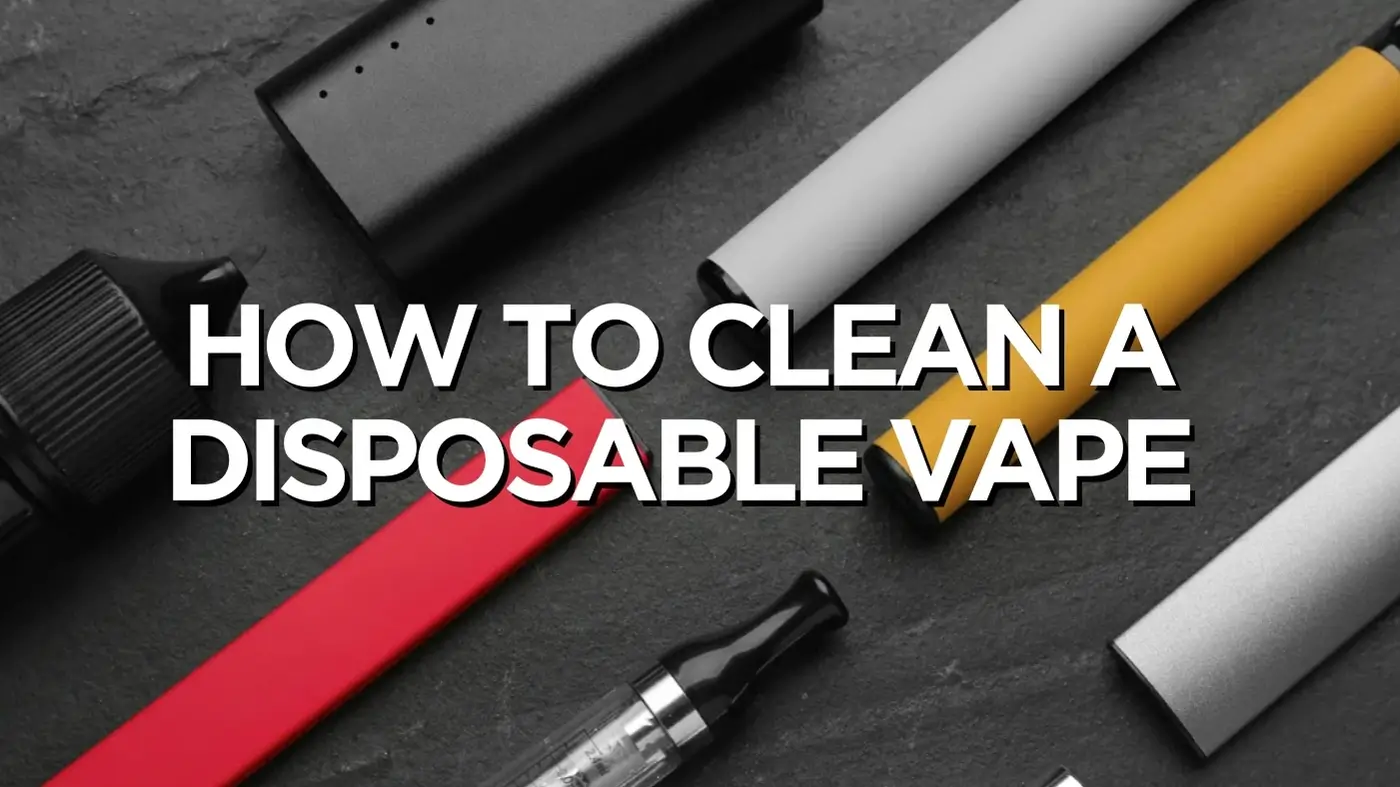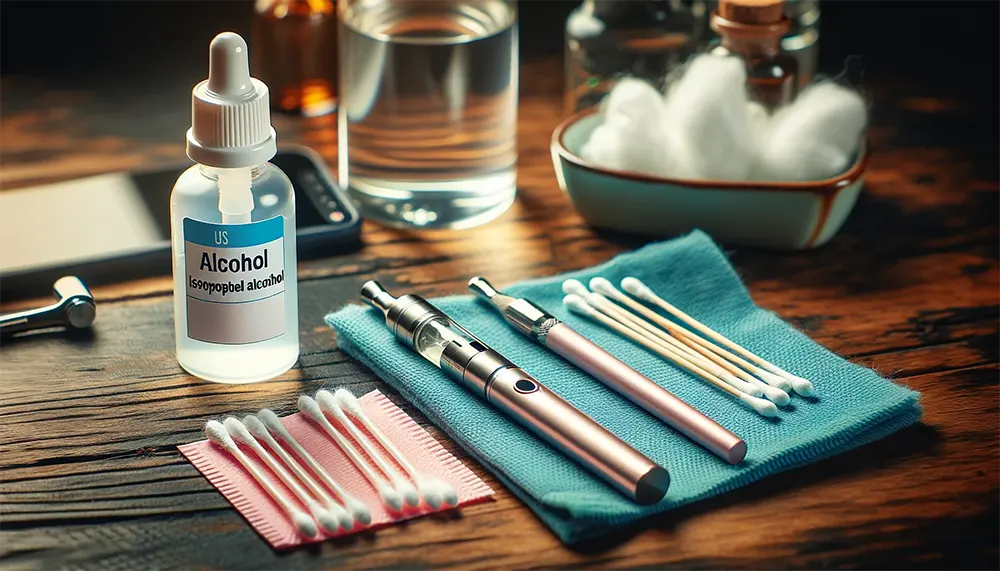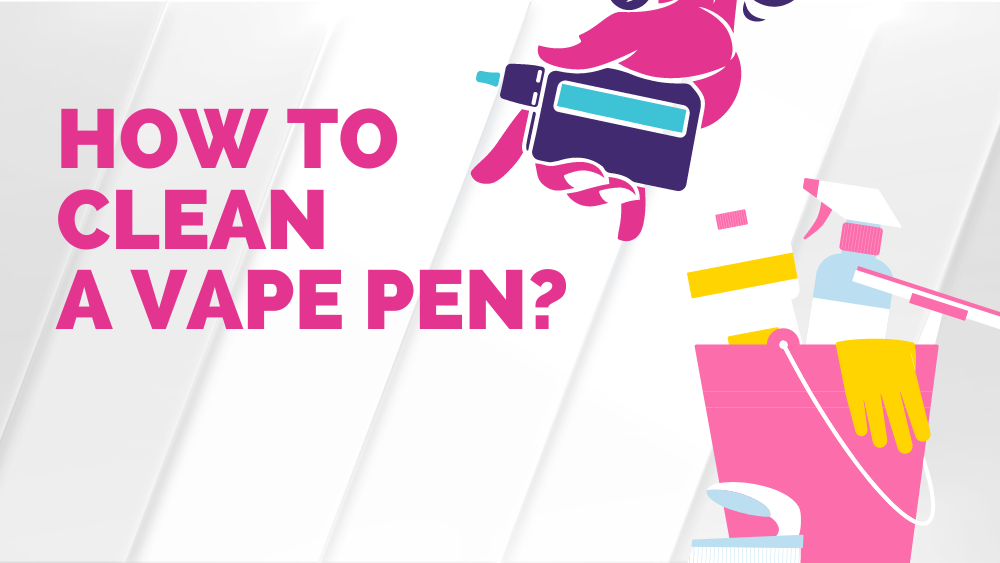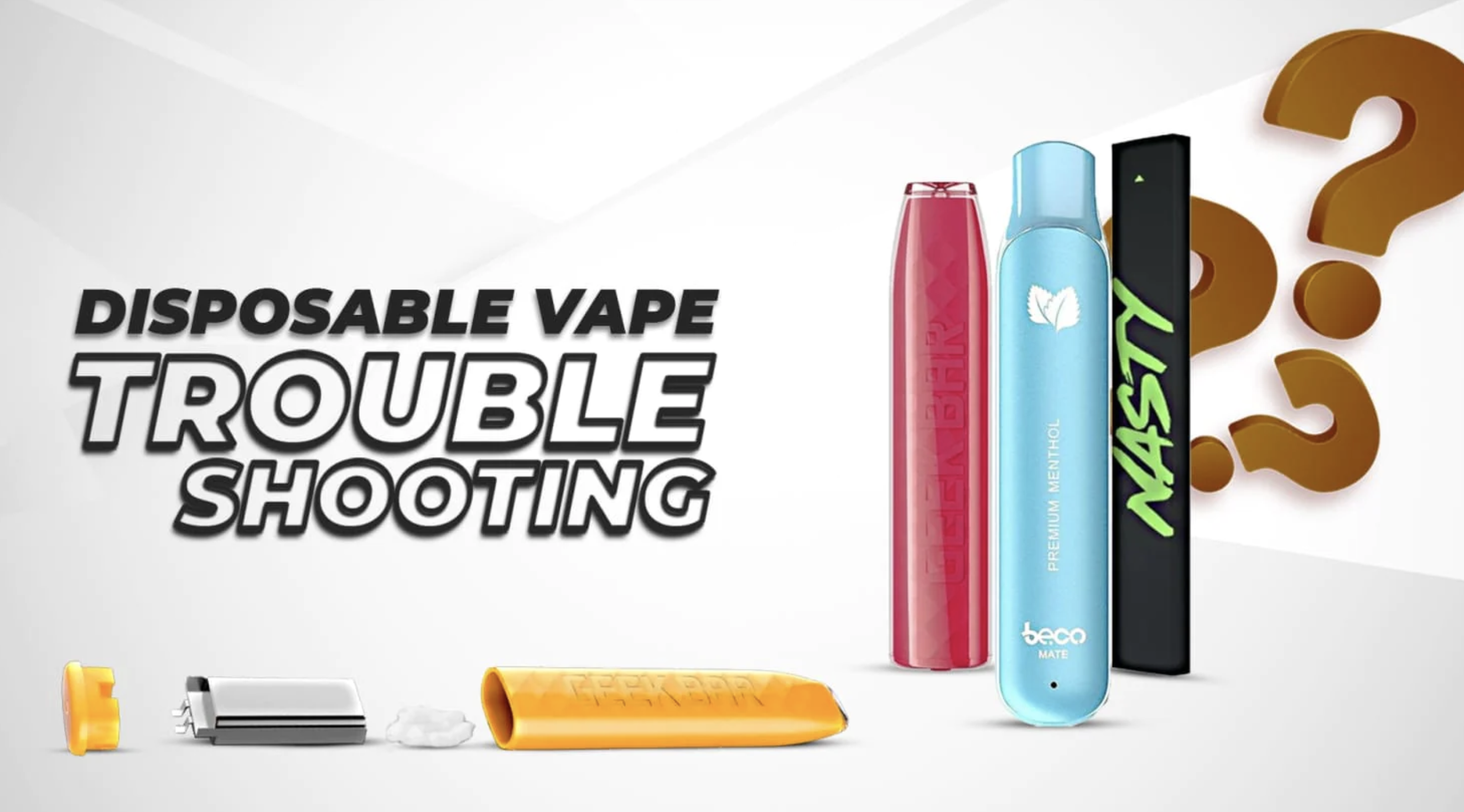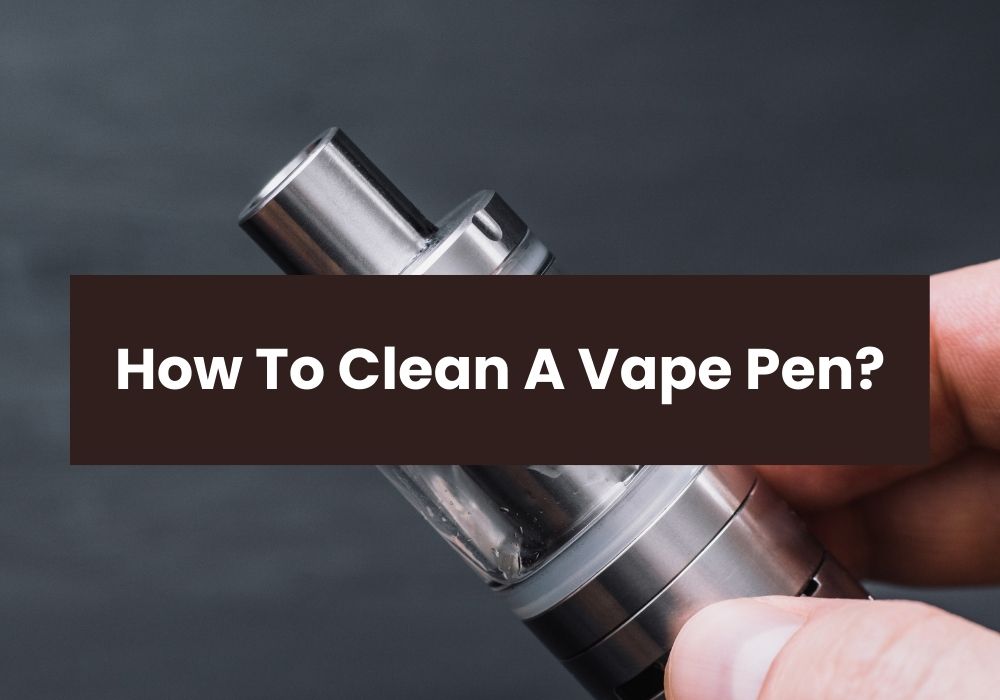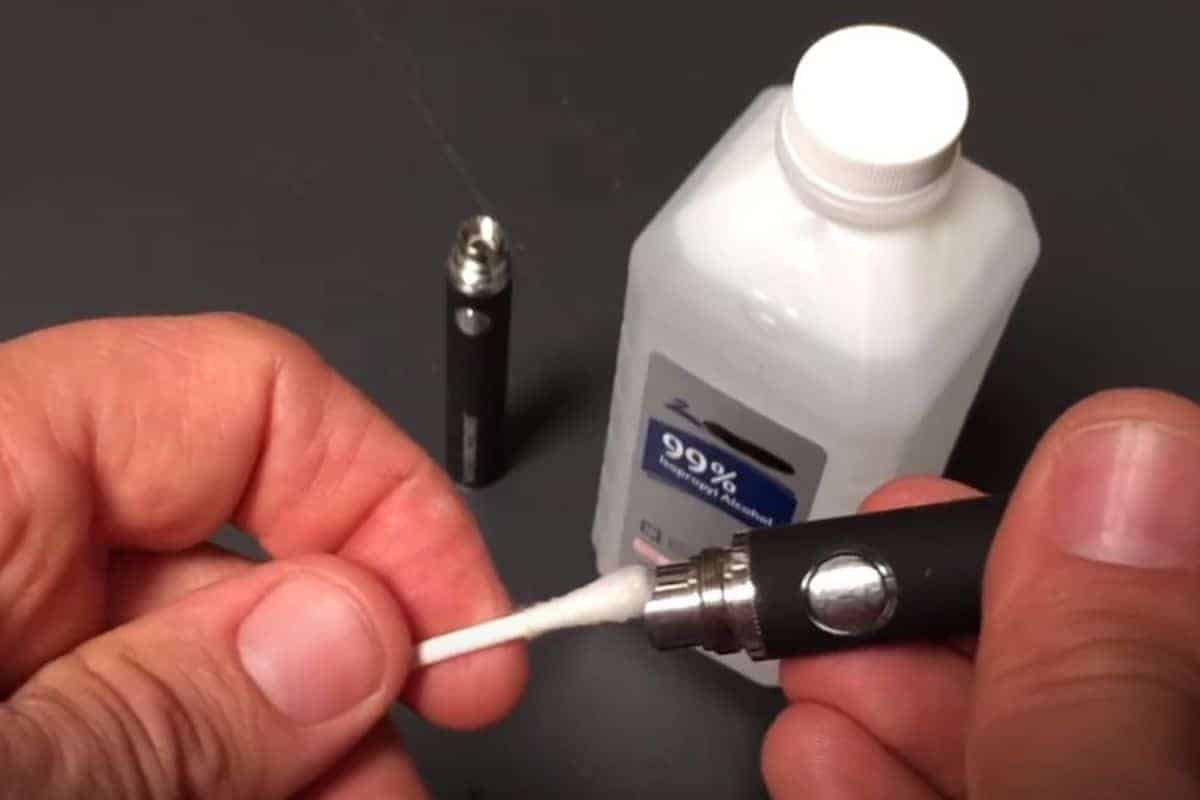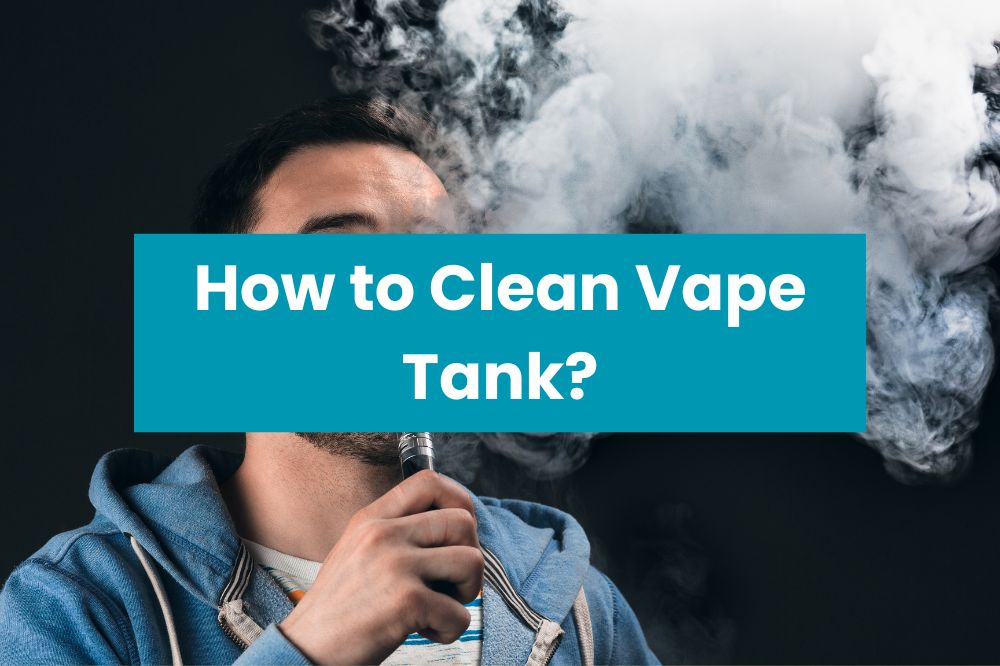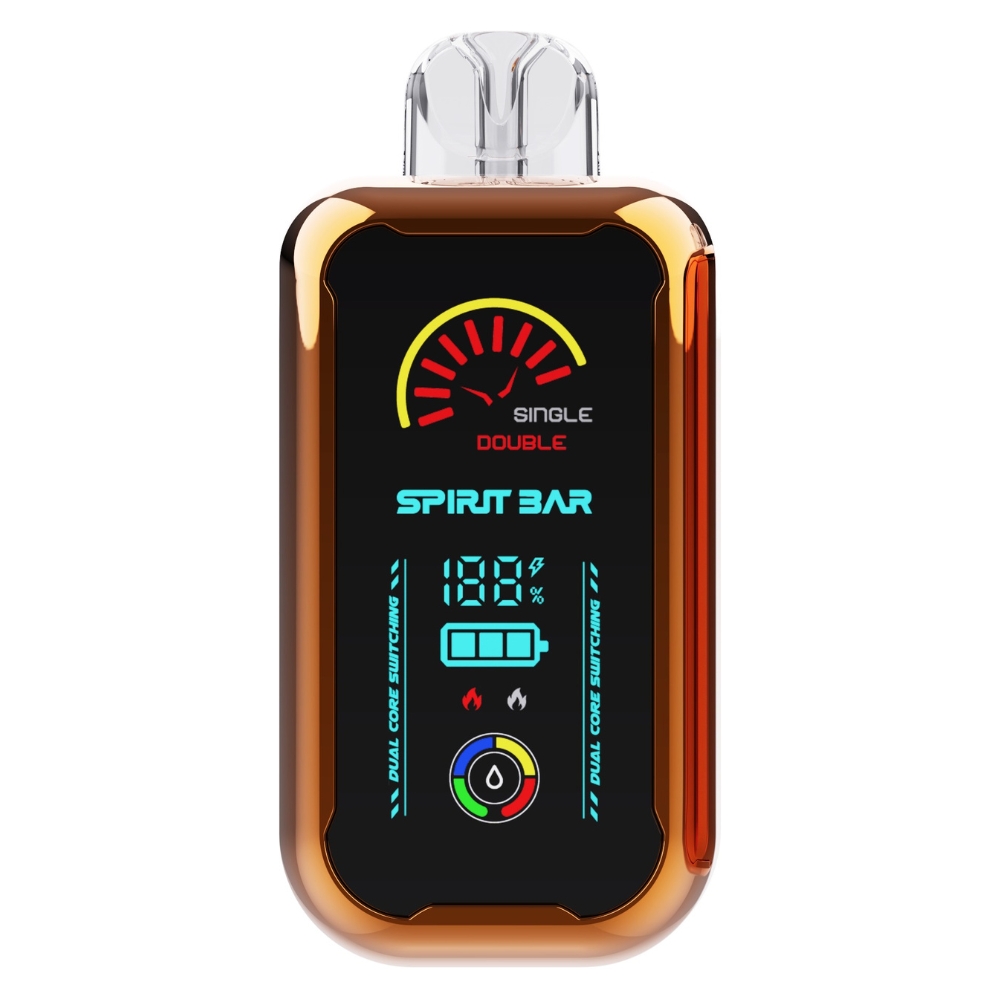How To Clean A Vape Disposable

In an era defined by increasing environmental consciousness and economic strain, the question of disposable vape pen longevity is no longer a niche concern, but a pressing issue for consumers and environmental advocates alike. While designed for single-use, the allure of extending the lifespan of these devices, often driven by cost savings or simply delaying their disposal, has fueled a surge in online tutorials and DIY hacks promising to resurrect seemingly defunct vapes. However, this pursuit raises crucial questions about safety, efficacy, and the ethical implications of circumventing the intended design of these products.
This article delves into the practicalities and perils of attempting to "clean" or otherwise revive disposable vape pens. It examines the alleged methods, the scientific evidence (or lack thereof) supporting their effectiveness, and the potential health risks associated with tampering with these devices. Furthermore, it explores the environmental ramifications of disposable vape culture and the responsible alternatives available to consumers seeking both cost-effectiveness and sustainability.
Understanding the Disposable Vape Design
Disposable vape pens are intentionally engineered for a limited lifespan. Their construction typically involves a pre-filled e-liquid reservoir, a battery, and a heating element (atomizer). The battery capacity and e-liquid volume are designed to deplete roughly in tandem, theoretically providing a consistent vaping experience until the device is "empty."
The components are often tightly integrated and not intended for disassembly or refilling. This design prioritizes convenience and ease of use, contributing to their widespread popularity, particularly among younger demographics.
However, the inherent disposability also generates significant waste and raises concerns about the environmental impact of their production and disposal.
The Myth of "Cleaning" a Disposable Vape
Numerous online resources propose various methods for cleaning or "reviving" a disposable vape. These often involve disassembling the device (voiding any potential warranty and potentially exposing internal components), attempting to clean the atomizer with isopropyl alcohol or other solvents, and attempting to "recharge" the battery through unorthodox means.
One common claim involves using a pin or needle to clear blockages in the airflow pathway. Another suggests gently tapping or shaking the device to redistribute e-liquid that may have settled at the bottom of the reservoir.
While some users report anecdotal success with these methods, there is no scientific evidence to support their efficacy or safety. In fact, many of these techniques could actively damage the device or introduce harmful contaminants.
Potential Risks and Dangers
Tampering with disposable vape pens can pose significant health risks. Introducing foreign substances, such as cleaning solvents, into the device can lead to inhalation of toxic fumes or residues.
Disassembling the device can expose users to internal components, including the battery, which, if damaged, can leak corrosive chemicals or even explode. Battery malfunctions are a well-documented hazard associated with modified or improperly used electronic devices.
Furthermore, attempting to recharge a non-rechargeable battery can lead to overheating, fire, or explosion. The Food and Drug Administration (FDA) has issued warnings about the dangers of using modified or counterfeit vaping products, emphasizing the potential for serious injury.
The Environmental Impact of Disposable Vapes
The proliferation of disposable vape pens has created a significant environmental burden. These devices often contain lithium-ion batteries, plastics, and electronic components, all of which require specialized recycling processes to prevent environmental contamination.
However, the vast majority of disposable vapes end up in landfills, where they can leach harmful chemicals into the soil and water supply. The lack of readily available and accessible recycling programs for these devices exacerbates the problem.
Environmental organizations, such as the Environmental Protection Agency (EPA), are increasingly highlighting the need for better waste management practices and extended producer responsibility to address the environmental impact of disposable electronic products.
Responsible Alternatives and Solutions
For consumers seeking a more sustainable and cost-effective vaping experience, several alternatives to disposable vapes exist. Refillable vape pens and pod systems offer a reusable platform, reducing waste and allowing users to choose their own e-liquids.
These systems typically involve a higher upfront cost but can be more economical in the long run. Furthermore, they offer greater control over the vaping experience, including the ability to adjust nicotine levels and flavor profiles.
Advocating for and supporting comprehensive recycling programs for disposable vapes is crucial. Producers and retailers should take responsibility for the end-of-life management of their products, ensuring that these devices are properly recycled and disposed of.
Future Outlook: Regulation and Innovation
The future of the vaping industry will likely be shaped by increased regulation and technological innovation. Governments and regulatory bodies are increasingly scrutinizing the design, marketing, and disposal of vaping products, particularly disposable vapes.
Stricter regulations may include mandatory recycling programs, restrictions on flavorings that appeal to young people, and increased taxes on disposable products. Innovative technologies, such as biodegradable or compostable vape components, could also emerge as viable alternatives.
Ultimately, a multi-faceted approach involving responsible consumer behavior, industry innovation, and effective regulation is necessary to mitigate the negative health and environmental consequences of disposable vape pens. Consumers should prioritize their health and the environment by choosing responsible alternatives and advocating for sustainable practices within the vaping industry.
